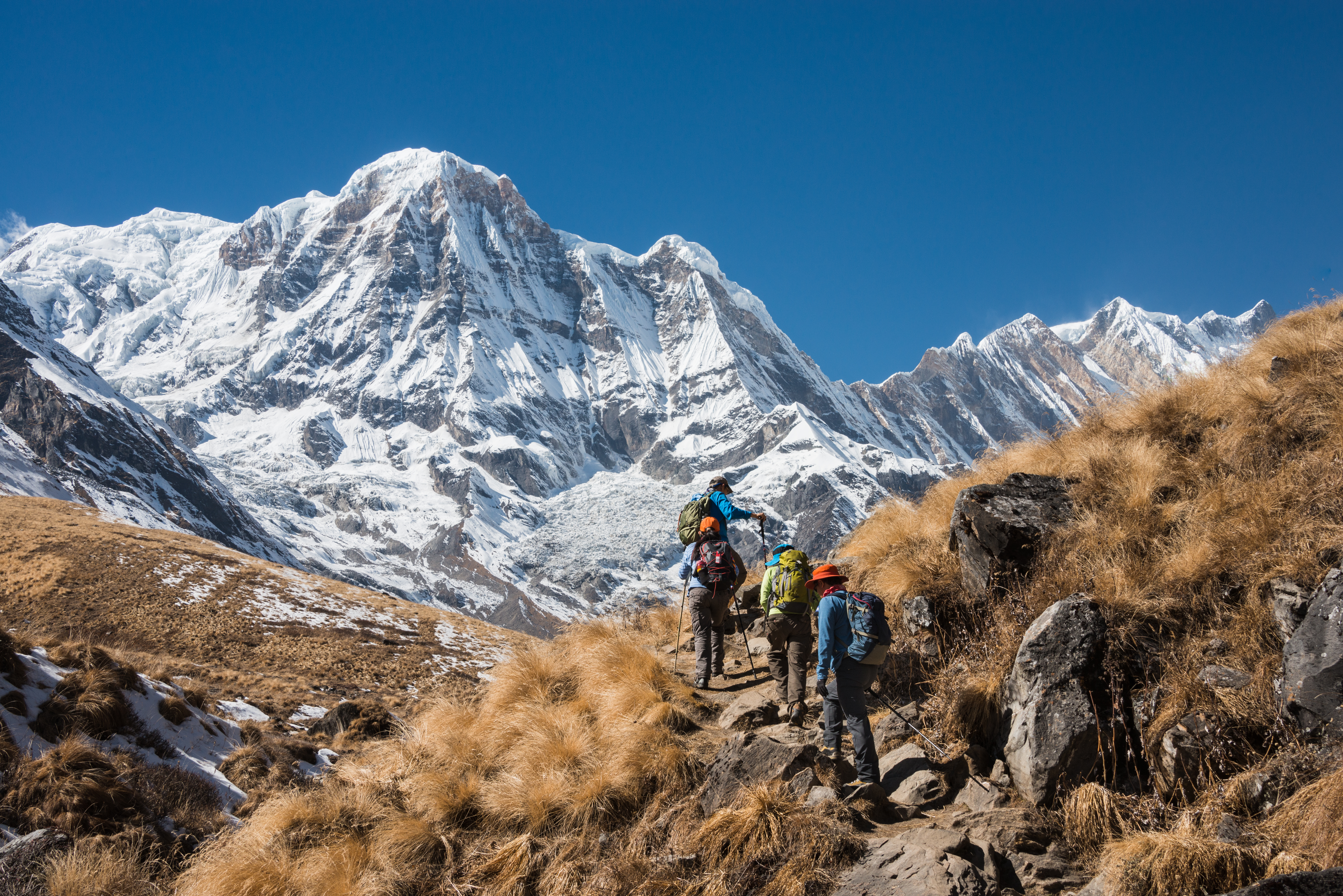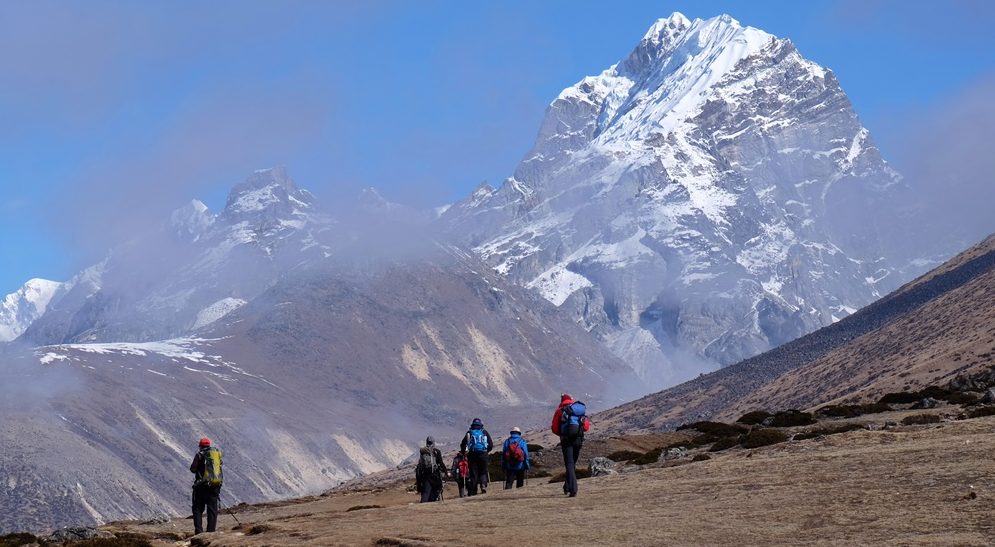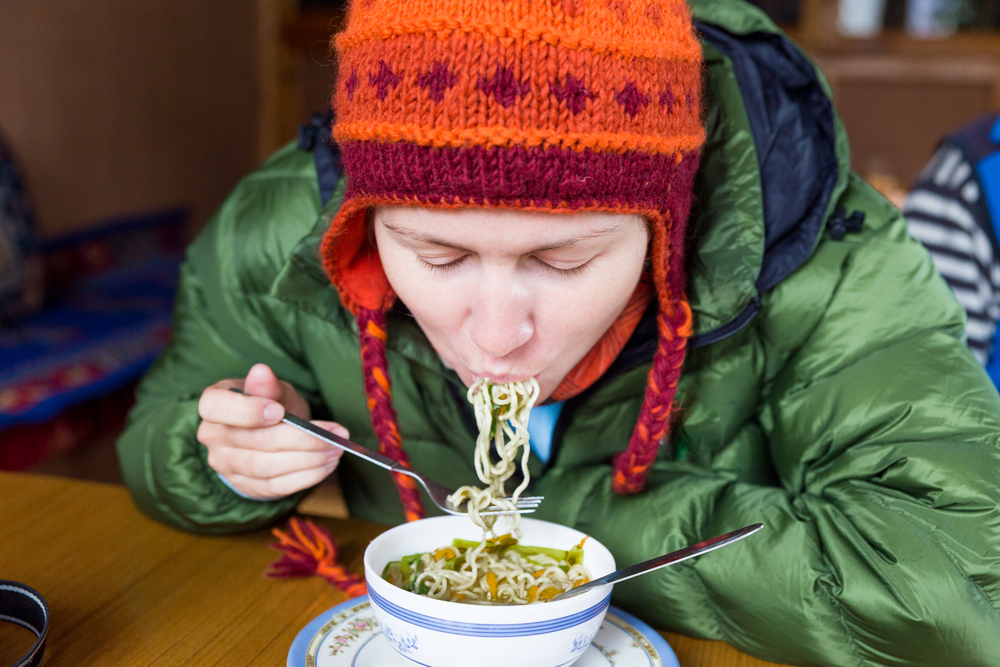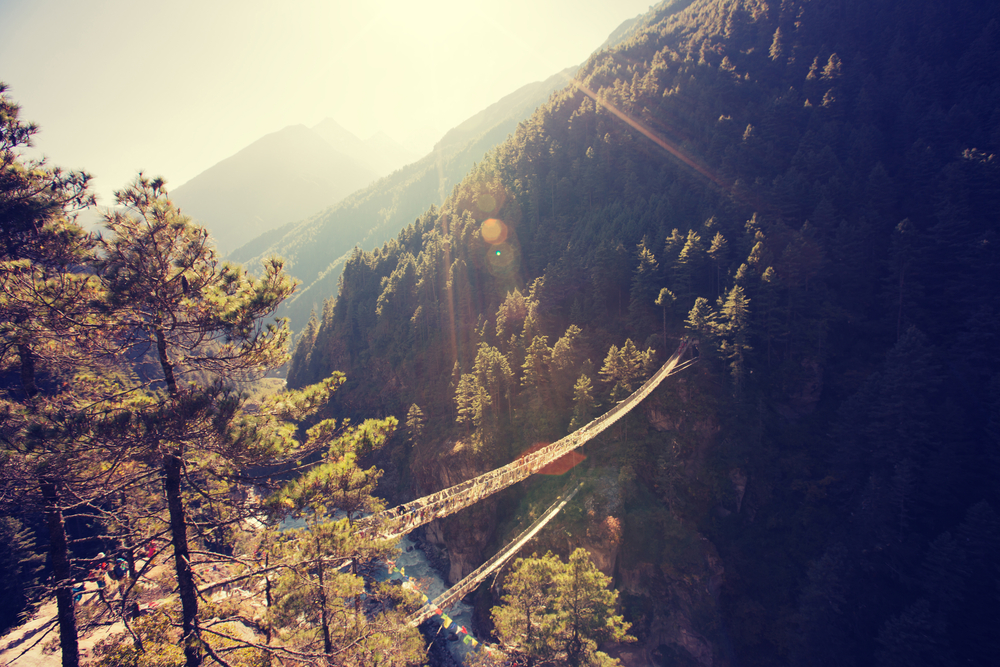Altitude Acclimatization in Nepal
The Himalayan Mountain Range has the world's tallest peaks. In fact, there are over one hundred mountains that are taller than 23,600 feet. Mount Everest is 29,029 feet tall. Annapurna is 26,545 feet tall. Trekking around these peaks brings you to extremely high elevations. Feeling the affects of altitude, therefore, is very common. Everyone trekking …




